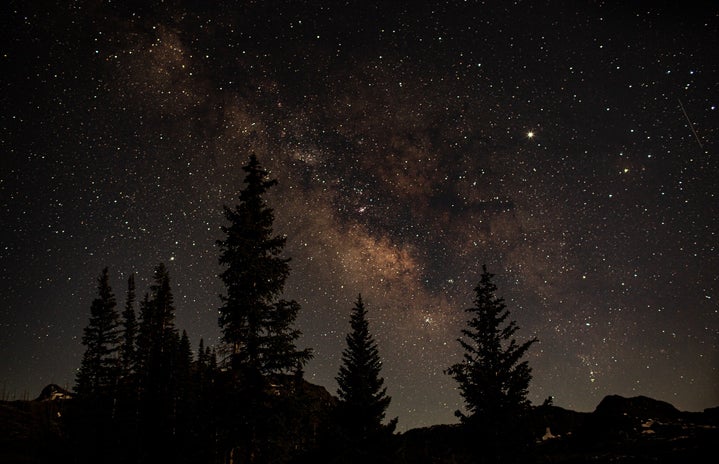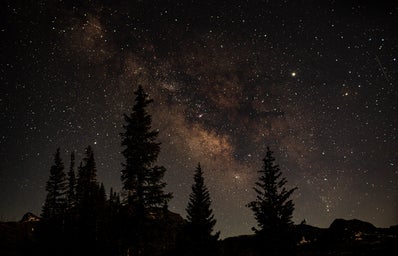If you’ve been feeling a little too cooped up inside, upcoming astronomy events can help you appreciate nature from your own backyard.
April 6th: Conjunction of Moon and Saturn
In the early hours of April 6th, the moon and Saturn will be as close as they will be for the rest of the year. Jupiter will also be nearby on this morning, but even closer on the next.
April 7th: Conjunction of Moon and Jupiter
Once again peaking in the pre-dawn hours, Jupiter will take its turn as the closest planet to the moon (from our perspective).
April 17th: Conjunction of Moon and Mars
On the night of April 17th, Mars will close in on the moon as they conjoin in the night sky. This conjunction should be close enough to view both the moon and mars through a telescope. This event will also be a lunar occultation for [arts of southeast asia as they will see mars pass behind the moon before reappearing.
April 22nd: Peak of the Lyrid Meteor Showers
This astronomical event is set to peak on the night of April 22nd, but is considered to be more unpredictable than other meteor showers so keep an eye out for this one during late April. The Lyrid meteor shower will be visible to those in the Northern Hemisphere.
April 23rd: Peak of the Puppid Meteor Showers
The Puppid meteor showers will peak around the same time as the Lyrid, but will only be visible to those in the Southern Hemisphere. This meteor shower is also set to be the brightest just after dusk.
April 26th: Pink Supermoon
On April 26th, there will be a ‘supermoon’ where the moon will be closer to Earth than usual. This is known as the Pink moon because it kicks off a season of three supermoons taking place this year.
Take your wanderlust to the skies as the weather gets warmer and we’re all itching to spend time outside.



